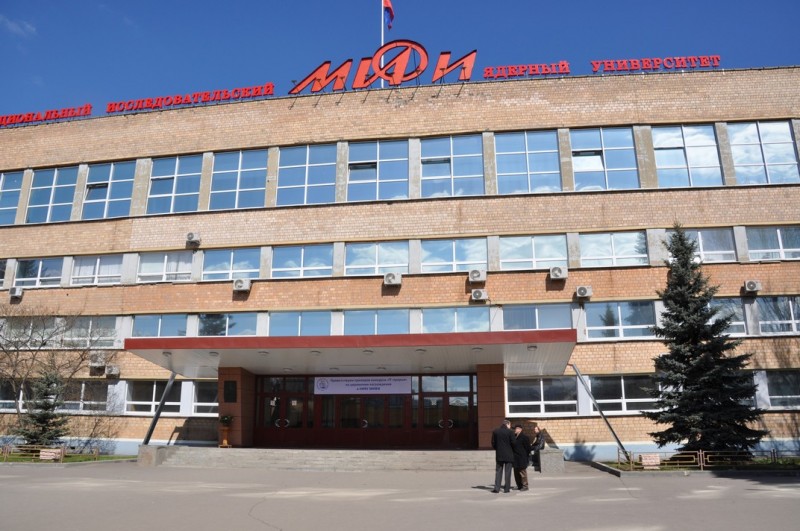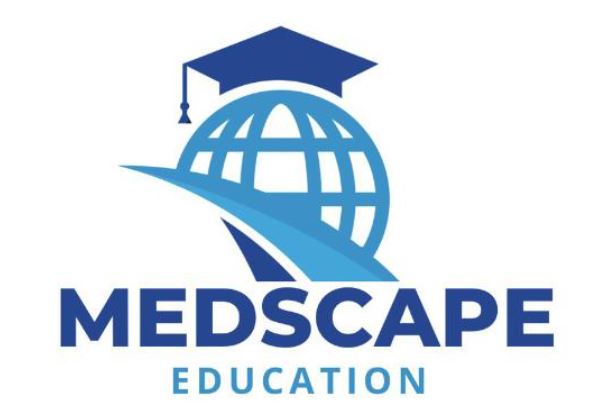
The history of the National Research Nuclear University began with the creation of the Moscow Institute of Mechanical Munitions in 1942. Later, the main Russian nuclear university and leading Soviet scientists, including the head of the Soviet Union, were established there. The Igor Kurchatov Atomic Project played a role in its development and creation. Six Nobel Laureates have worked at MEPhI throughout its history: Nikolay Basov, Andrei Sakharov, Nikolay Semenov, Igor Tamm, Ilya Frank and Pavel Cherenkov. Today MEPhI is one of the leading research universities in Russia and educates engineers and scientists in more than 200 fields. The most promising areas of study include: nanomaterials and nanotechnologies; radiation and beam technology; Medical Physics and Nuclear Medicine; Superconductivity and Controlled Nuclear Fusion; Ecology and Biophysics; Information Security. In addition, prospective managers, experts and analysts study at MEPhI in the fields of management, industrial engineering, nuclear law and international scientific and technical cooperation.
programs at MEPhI: Since 2014, the university has been implementing the standards of the CDIO initiative to modernize engineering education in higher education. The standards aim to improve the quality of the next generation of engineering graduates and are also used by world-leading universities such as Stanford University, California State University and the Massachusetts Institute of Technology. They are accredited by FEANI (Federation of National Engineering Associations) and Accreditation Agency for Engineering Education Programs (ANO APIO). A graduate who has studied under an accredited program and has the required professional experience can obtain the rank (international certificate) of Euroengineer. NRNU MEPhI graduates are in demand in Russia and abroad.They work in Cern, Brookhaven National Laboratory (Research Center Jüich GmbH), the High Energy Physics Institute of the Chinese Science Academy, the High Energy Acceleration Research Organization and more than 100 leading scientific centers of all over the world

 Call Now
Call Now